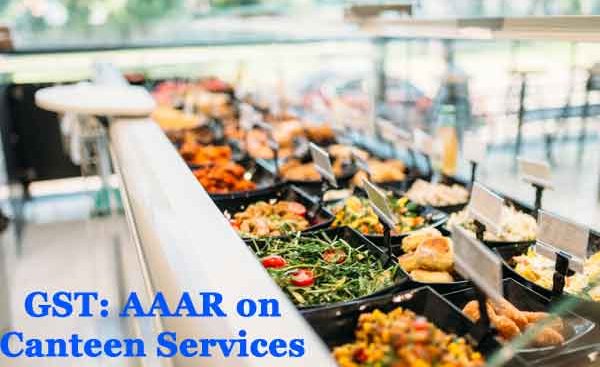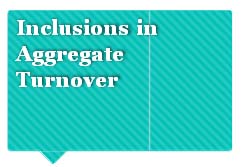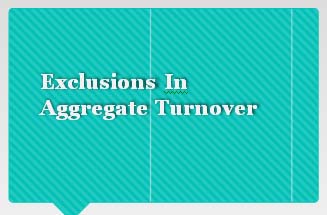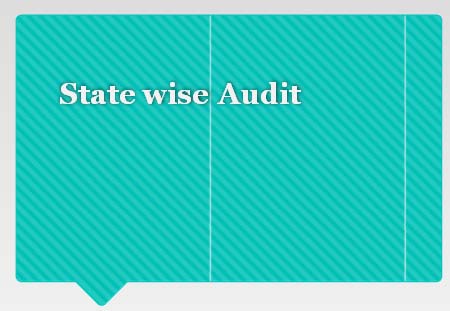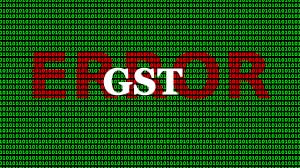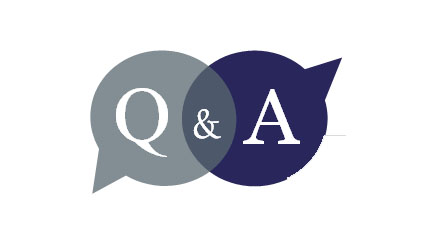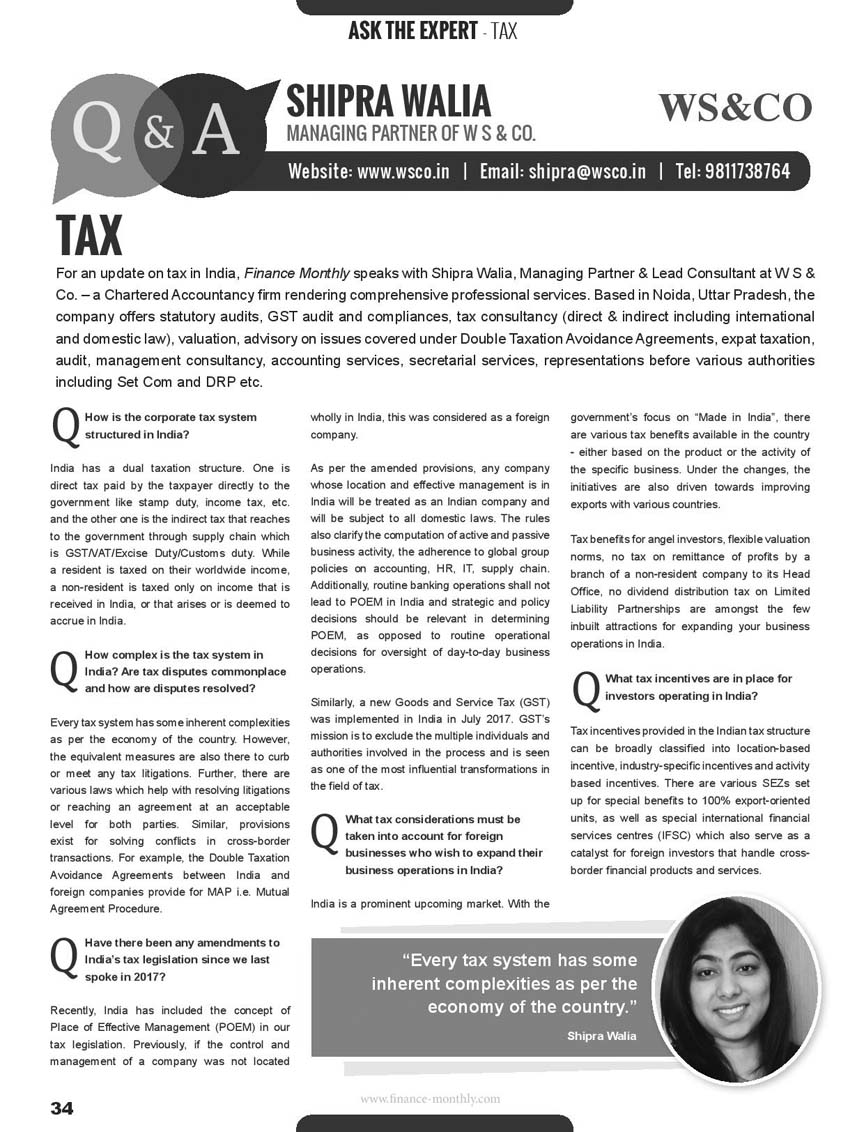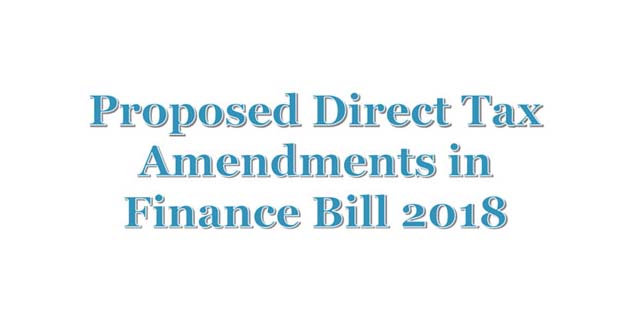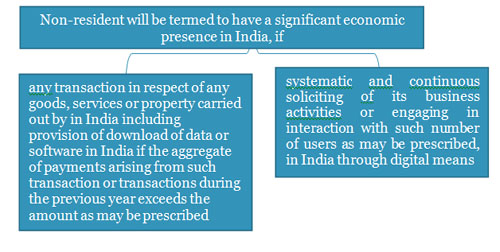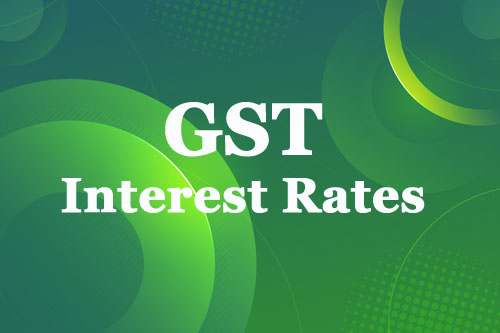As per the recent judgement of Appellate Authority for Advance Ruling1, Kerala it has been clarified that recovery of food expenses from employees for the canteen exclusively for employees provided by company comes under the definition of outward supplies and is therefore, taxable under Goods and Service Tax Act.
Issue under Consideration: – Whether the recovery of food expenses from employees for the running and maintenance of canteen run exclusively for employees by company falls under the definition of outward supplies and is taxable under Goods and Service Tax Act.
Facts of the Case: –
- Applicant is a Private Limited Company engaged in manufacture and sale of foot wear
- Applicant is providing canteen services exclusively for their employees and recover the running and maintenance expenses from employees without any profit
Analysis
Applicant’s Plea: –
- Company is not carrying out any business activity and it is according to the requirement of law – Factories Act, 1948 I.e. company is only facilitating the supply of food to the employees, which is a statutory
- requirement, and is recovering only the actual expenditure incurred in connection with the food supply, without making any profit.
- Schedule III, Clause 1 of GST Act 2017, services by an employee to employer in the course of or in relation to his employment is neither a supply of goods, nor a supply of services and that any consideration received by the employee from his employer is outside the purview of GST.
- In the erstwhile Service tax regime as well, Notification 25/2012- ST in relation to Mega Exemptions wherein services in relation to supply of food or beverages by a canteen maintained in a factory covered under the Factories Act, 1948 was exempted.
- Press release issued by CBIC(CBEC) regarding clarification of applicability of Reverse Charge under section 9(4) of the GST Act, 2017 on the purchase of ornaments by a jeweller from a customer – Jeweller will not be liable to pay tax under reverse charge mechanism on such purchases as the sale of jewellery does not paramount to be in the course of furtherance of business of the individual and hence, do not qualify as a supply perse. Relying on this, appellant contended that if an activity is not in the course or furtherance of one’s business, it does not constitute supply unless it is import of service as per Section 7(1) of GST Act, 2017. Additionally, contended that supply of subsidized food is not the business of the appellant, in the same manner as supply of gold jewellery was held not to be the business of the consumer
- The assessee has relied upon judicial pronouncement by the Hon’ble High Court of Telangana in the case of M/s. Bhimas Hotels – stating that subsidized food to employees and realization of cost of wages is an industrial obligation it does not amount to service. Additionally, Government of India issued a press release on 10-07-2017, stating that supply by employer to employee is in the course of furtherance of business and comes under Schedule III, which is not liable to
Authority for Advance Ruling (AAR) and Appellate Authority for Advance Ruling
(AAAR): –
- Schedule II to GST Act – Activities to be treated as supply of goods or supply of services
Clause 6 – Following Composite Supply is declared as a supply of service
“Supply, by way of or as part of any service or in any other manner whatsoever, of goods, being food or any other article for human consumption or any drink (other than alcoholic liquor for human consumption), where such supply or service is for cash, deferred payment or other valuable consideration.”
Even though there is no profit as claimed by the applicant on the supply of food to its employees, there is ‘supply’ as provided in Section 7(1)(a) of the GST Act, 2017. Thus, the appellant would fall under the definition of ‘supplier’ under section 2(105) of GST Act, 2017.
2. Consideration – Section 2(31) of GST Act, 2017 provides that any payment made or to be made, whether in money or otherwise, in respect of, in response to, or for the inducement of, the supply of goods or services or both, whether by the recipient or by other person but shall not include and subsidy given by the Central Government or a State Government
Since the applicant recovers the cost of food from its employees, there is a consideration.
3. The decision of the High Court in Bhimas Hotels case pertains to the erstwhile Service Tax Law, when Service Tax and Value Added Tax stood on separate and independent footing. It was held that
“……the petitioner has paid the value added tax on the value of the food supplied to its workers. In respect of some assessment years, they have even been imposed with a penalty under the Andhra Pradesh value Added Tax Act, 2005. Therefore, once the State Authorities have treated the supply of food to the workers of the petitioner as sale, it is not open to the respondents to treat the same as service and impose a liability……”
4. Hence, the Hon’ble Court had decided upon a matter where the issue of double taxation was a relevant fact. As there is no possibility of such double taxation in the GST It is evident that the facts of the Bhimas Hotels case cannot be considered to be in part- materia with the facts of this case.
Our Remarks
Many companies follow the policy of providing meals to employees and deduct a certain amount from their respective salaries. The said judgement could increase the compliance burden many folds on the such companies and also increase the cost of doing business.
A wide definition of consideration under the GST Act, 2017 has and will lead to many non- business activities to fall under the ambit of supply and many corporates among other assessee will have to bear the burden of the same.
This can also have impact on the salaries of employees, since now either the company will bear the GST liability or will recover from the employees.
Since, in the above transaction major limb of it is involving Business to Consumers (B2C) transactions.
Also, it is still not clear the above transaction would be taxable at what rate, 5% (as canteen) without input credit or 18% as outdoor caterer with ITC.
In view of the order passed by AAAR, we will have to look on each and every aspect of employee benefits (perquisites) offered by employer to determine whether they are falling under the definition of supply and consideration. Therein, determining the taxability of such benefits.
Although, the above judgement is binding only on the applicant and the judicial authority, but it can be referred in other cases as well.
